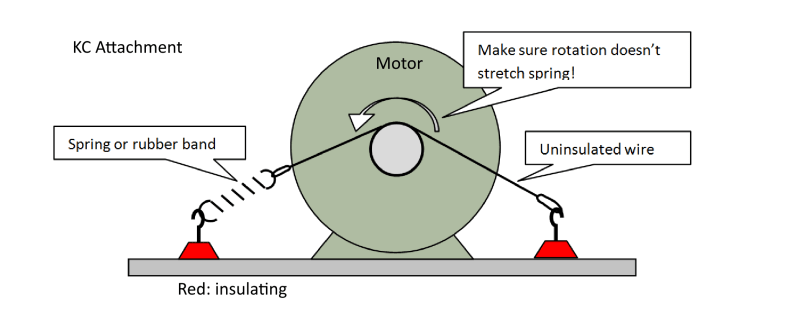Shahriar Kamrani
Mechanical
I have two phosphor bronze PB1 sliprings of 60 mm in diameter and 10 mm in thickness and two brushes of carbon graphite with 8 mm in thickness. I am interested in applying a voltage from one of the slipring/brushes contacts, through the shaft (and load) and then collect it from the other slipring/brushes. As I am interested in monitoring this "contact" voltage at high frequency for data acquisition purposes, I have realised that I have an open-circuit at every 1-10 points per slipring cycle.
I have tried multiple different approaches to eliminate this by using different brush spring force, slipring material and conductive grease for the brushes/slipring, with no success. I think one problem that might also influence this is the oil/lubricant vapour reaching the surfaces of the slipring/brushes and act as a dielectric material.
Is there any suggestions/tips of how I can improve the slipring/brushes contact and also keep the lubricant away from the surfaces?
Thanks,
I have tried multiple different approaches to eliminate this by using different brush spring force, slipring material and conductive grease for the brushes/slipring, with no success. I think one problem that might also influence this is the oil/lubricant vapour reaching the surfaces of the slipring/brushes and act as a dielectric material.
Is there any suggestions/tips of how I can improve the slipring/brushes contact and also keep the lubricant away from the surfaces?
Thanks,

